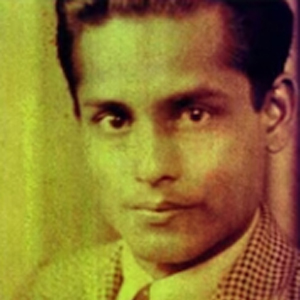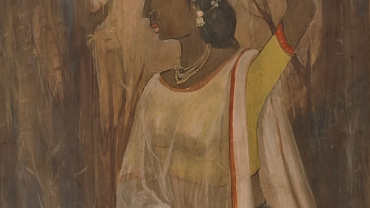
Sailoz Mookherjea
Sailoz Mookherjea
Brief info
Sailoz Mookherjea is regarded as one of India's earliest modern painters, and was featured, in 1979, on a list of Nine Indian Master Artists by the Archaeological Survey of India. Born in 1907 in Kolkata, Mookherjea received his diploma in Fine Arts from the Government College of Arts and Crafts, Calcutta, in 1932. He then taught at Delhi Polytechnic, and served as Art Director at the Imperial Tobacco Company before moving to Paris in 1937.
His stay in Europe metamorphosed his style of painting, but his compositions retained their as subject matter rural Indian people and scenes. The artist noted, “I owe my basic inspiration to Matisse’s odalisques. I accept whatever new forms of self-expression suit my oriental temperament and tradition. No doubt any simplification of form and vibrancy of colour derive from the Ecole de Paris...but my main influences are the folk art of India and the Basohli miniatures”. Mookherjea's works emphasize colour over form, and focus on exaggerating expression and movement rather than realistically rendering images. Mookherjea's later landscape compositions illustrate a shift towards a complete disregard of form and the signifying function of the line, in favour of arbitrary scribbles and intermingling colours.
Mookherjea’s works have been exhibited all over the nation and internationally including at the Town Hall in Delhi in 1945 and at the UNESCO World Art Heritage Exhibition in Paris in 1946. His works are part of several important collections of Indian art, including those of the Academy of Fine Arts, Kolkata, the National Gallery of Modern Art, New Delhi, and the Jehangir Nicholson Gallery, Mumbai.
The artist passed away in1960, and has since been honoured with the title of 'National Art Treasure' by the Government of India.



